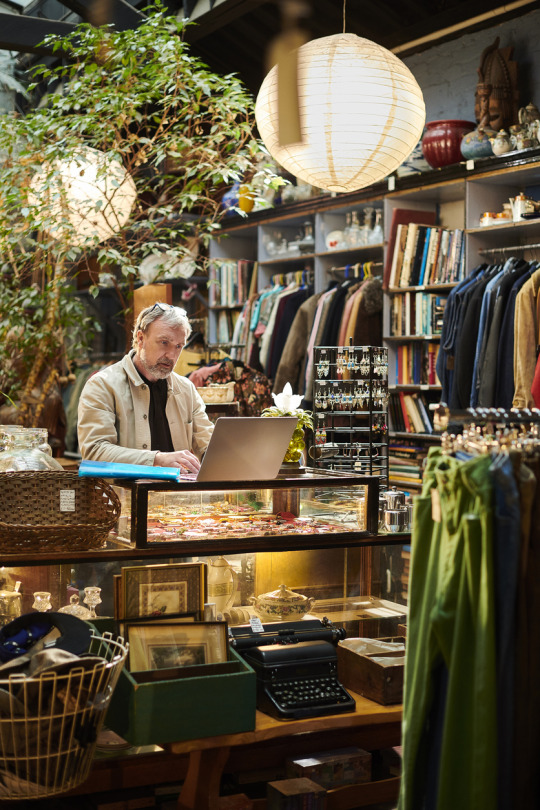Market trends: what’s shaping the art and antiques sector now?

Technology continues to drive developments in the art and
antiques marketplace. The pace of change is rapid, too, particularly when it
comes to the amount of choice for buyers looking to shop online.
Whereas last year there were only one or two consolidated
bidding platforms that acted as portals to online auctions, there is now stiff
competition in that space, while many auction houses now have their own bidding
platforms, too, making it likely that buyers can find the same item on several
channels, possibly at different commission rates.
Buyers are not deterred, however; on the contrary, giving
them more choice has fuelled the growth of the sector as a whole. And while the
trend may have started during the Covid lockdown, when it was impossible to
attend sales and bid in person, the appetite for buying art and antiques online
shows no sign of abating. Since the onset of the pandemic, the value of online
sales in the global marketplace has more than doubled, from US$ 6bn in 2019 to
US$ 13.3bn in 2021*.
Specialist shippers to the auction sector Mail Boxes Etc.
have seen this first hand. “The growth of online sales has been one of the most
important developments in this market over the last two years. Traditional
galleries and auction companies increased engagement in digital sales and
marketing, while collectors began to use e-commerce in a more mainstream way,”
says MBE marketing manager James Simmons.
“This massive growth in the sector is self-perpetuating,
creating its own ever-increasing demand, and we are certainly not seeing any
slowdown. If our Auction Logistics business in bespoke pack and ship for art
and antiques is a micro-barometer of the market, we can say that this growth
will continue in 2022/23, despite the fact the Covid restrictions are long gone.”

Smoothing the way
It’s clear that enhancing technology and offering buyers
more sophisticated solutions through a proliferation of platforms is good for
sector growth. But buyers may still have concerns about other factors that
affect the marketplace like Brexit which, says James Simmons, has left a lot of
dealers from EU countries reluctant to buy from the UK.
“Understandably there are concerns about changes to taxes,
duties, etc., but we are here to take all that stress away. Approaching 150
stores in the UK, our franchisees are ideally placed to advise anyone wanting
to ship to EU countries and will oversee the entire process on their behalf.”
He also believes the weakening pound could make buying from the UK even more
attractive.

For dealers and some private buyers too, another benefit of
working with a specialist shipper like Auction Logistics is the ability to
consolidate purchases. “We do a lot of consolidation work for our customers
across the EU but also in the US and China, the two biggest global markets for
fine art with 34.5% and 33.3% auction revenue market share respectively.
“This is important if you’re buying a lot of items, because
it can get tricky if you’re trying to negotiate several different systems and
manage the whole thing yourself – even with technology to assist you.
“With our help, dealers or collectors can bid and buy at any
number of online sales throughout the UK and we will collate and consolidate
the transactions to ensure the shipping goes smoothly for them.”
* Source:
The Art Market 2022, author Dr Clare McAndrew, Art Basel – UBS